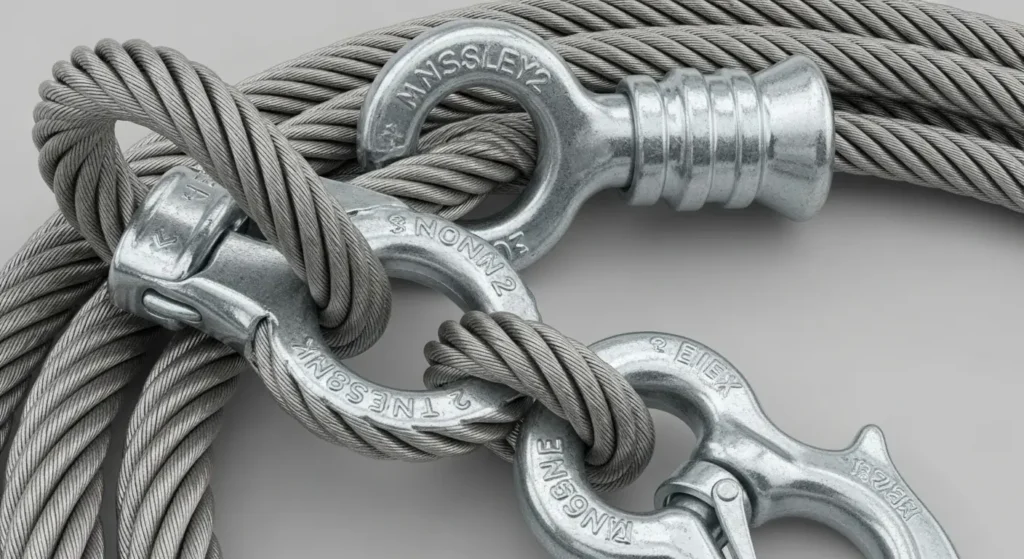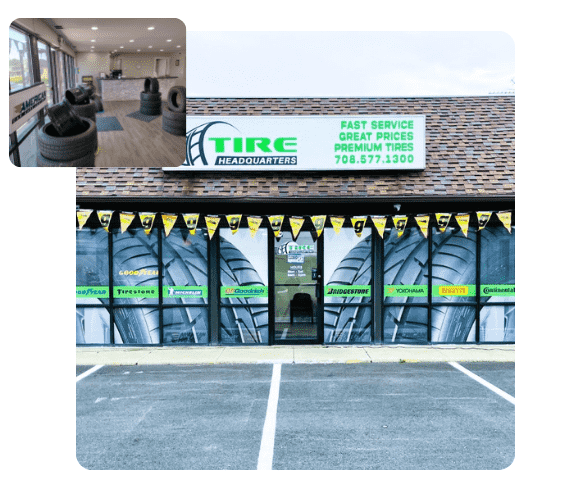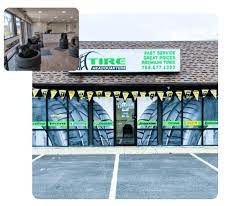There Are Three Different Types of Slings. What Determines Which Type You Use?

Strong 8k brings an ultra-HD IPTV experience to your living room and your pocket.
In the field of lifting and rigging, slings are essential tools used to safely move heavy or awkward loads. They serve as the critical connection between the load and the lifting equipment, such as cranes or hoists. Whether you’re working in construction, manufacturing, shipping, or logistics, choosing the right type of sling can make the difference between a successful lift and a dangerous failure.
there are three different types of slings. what determines which type you use?, and synthetic slings. Each has its own strengths and weaknesses, and the right choice depends on several factors. So, what determines which type you use? The answer lies in the load characteristics, environmental conditions, handling requirements, and frequency of use.
1. Wire Rope Slings
Wire rope slings are constructed from steel wires twisted into strands, then wound around a core. They are known for their strength, flexibility, and resistance to heat and abrasion. Wire rope slings are widely used in industries that demand tough, reliable equipment, such as construction, shipping, logging, and steel fabrication.
When to Use Wire Rope Slings:
Heavy or abrasive loads: These slings are built to handle rough edges and heavy materials without tearing or fraying easily.
High-temperature environments: Wire rope can withstand more heat than synthetic options.
Rugged work conditions: Their durability makes them suitable for outdoor or industrial sites.
However, wire rope slings do require regular inspections. Frayed wires, crushed areas, or corrosion can weaken the sling and create safety hazards.
2. Chain Slings
Chain slings are made from high-strength alloy steel links. They’re extremely durable, flexible, and resistant to environmental damage like chemicals, UV exposure, and extreme temperatures. One of their greatest advantages is their ability to be adjusted for different configurations.
When to Use Chain Slings:
Very heavy loads: Chain slings have high load capacity and are often used in foundries, steel mills, and heavy-duty lifting operations.
Adjustable lifting needs: You can shorten or lengthen chain slings for different load shapes.
High-temperature operations: Chain slings perform well in hot environments where other slings would fail.
Chain slings are more expensive and heavier than other types, but they offer long-term value due to their longevity and repairability.
3. Synthetic Slings
Synthetic slings are made from materials like nylon or polyester. These slings are lightweight, flexible, and non-abrasive, making them ideal for loads that are easily damaged or require careful handling.
When to Use Synthetic Slings:
Delicate or finished surfaces: They won’t scratch or dent painted, polished, or soft materials.
Lightweight or irregular loads: Their flexibility allows them to conform easily around different shapes.
Indoor or clean environments: Since they degrade faster when exposed to heat, UV light, or sharp edges, synthetic slings are best used in controlled conditions.
Synthetic slings are cost-effective, but they wear out faster and need to be replaced more frequently, especially if used improperly.
What Determines Which Type of Sling You Use?
Choosing the correct sling type isn’t guesswork—it requires a careful assessment of several critical factors:
1. Load Weight
The most basic factor is the weight of the load. Heavier loads demand stronger slings like wire rope or chain slings. Exceeding a sling’s rated capacity can lead to failure, so always check the load rating and match it appropriately.
2. Load Shape and Surface
Is the load delicate, sharp, or irregularly shaped? For fragile surfaces, a synthetic sling is best. For sharp edges, chain or wire rope slings are more suitable since synthetic materials can be cut easily under tension.
3. Environmental Conditions
The surrounding conditions play a big role. For example:
High heat or outdoor exposure favors chain or wire rope slings.
Chemical exposure may degrade synthetic slings faster.
Indoor clean rooms or warehouses may benefit from using lightweight synthetic slings.
4. Handling and Frequency of Use
If your team handles slings daily, durability and ease of use matter. Chain slings are built for repeated use and harsh handling. Synthetic slings are better for occasional lifting and easier to transport due to their lightweight nature.
5. Cost and Maintenance
Synthetic slings are the most affordable initially but may wear out quickly. Chain slings are the most expensive but last the longest and can often be repaired. Wire rope slings sit in the middle ground for both cost and durability.
Conclusion
There are three different types of slings—wire rope, chain, and synthetic—and each serves a specific purpose depending on the job at hand. What determines which type you use comes down to a combination of factors: load characteristics, environment, frequency of use, and safety requirements.
Note: IndiBlogHub features both user-submitted and editorial content. We do not verify third-party contributions. Read our Disclaimer and Privacy Policyfor details.







